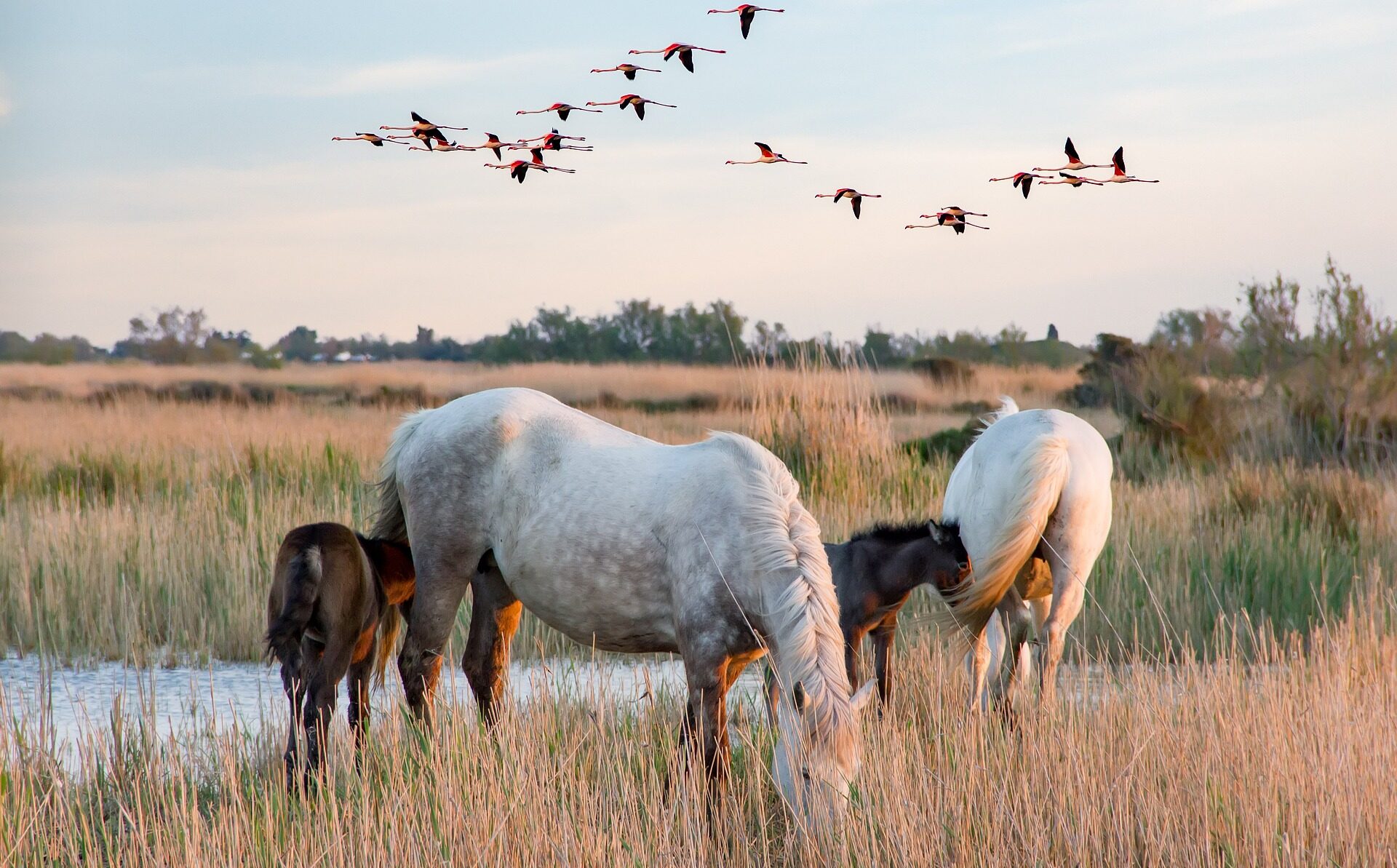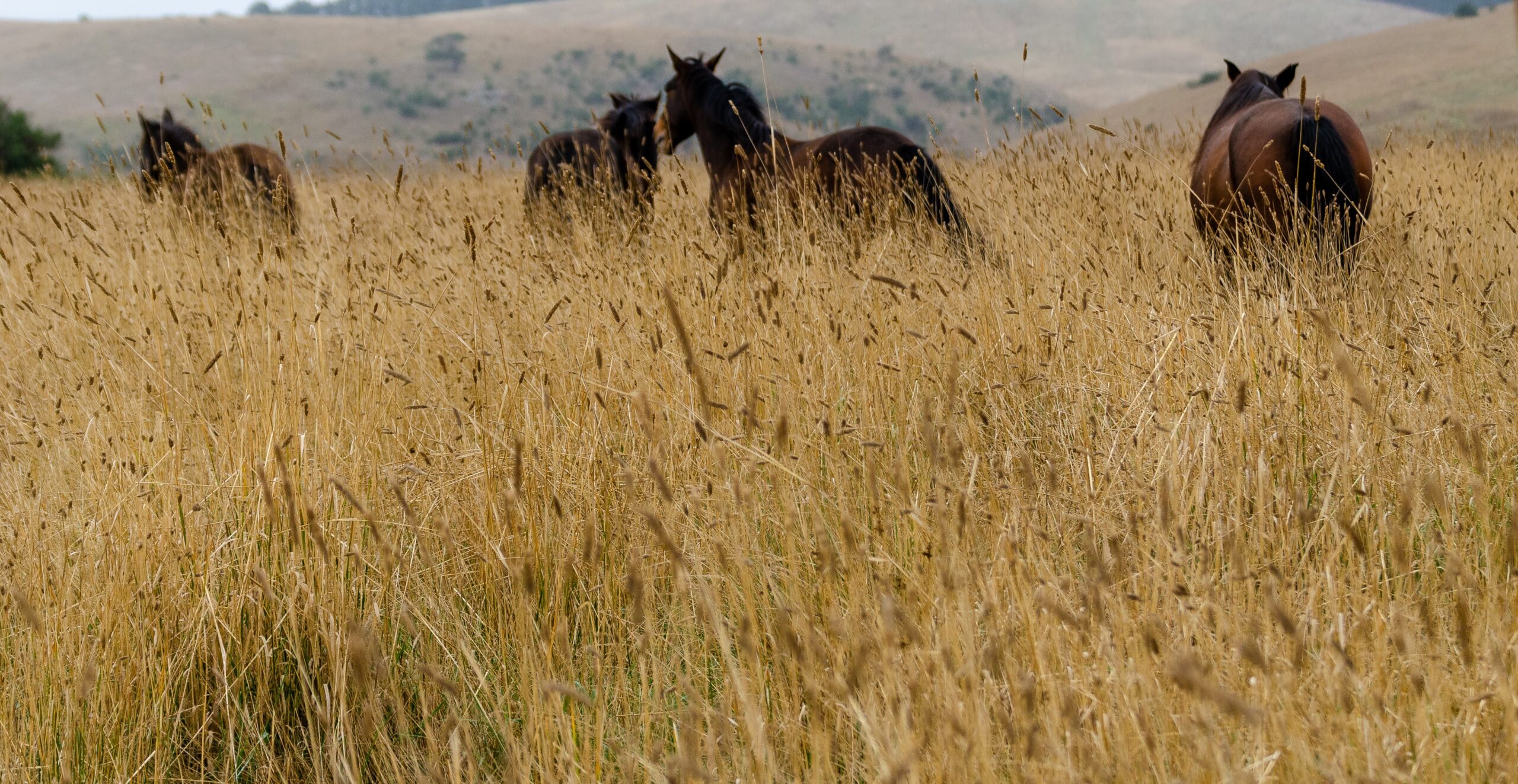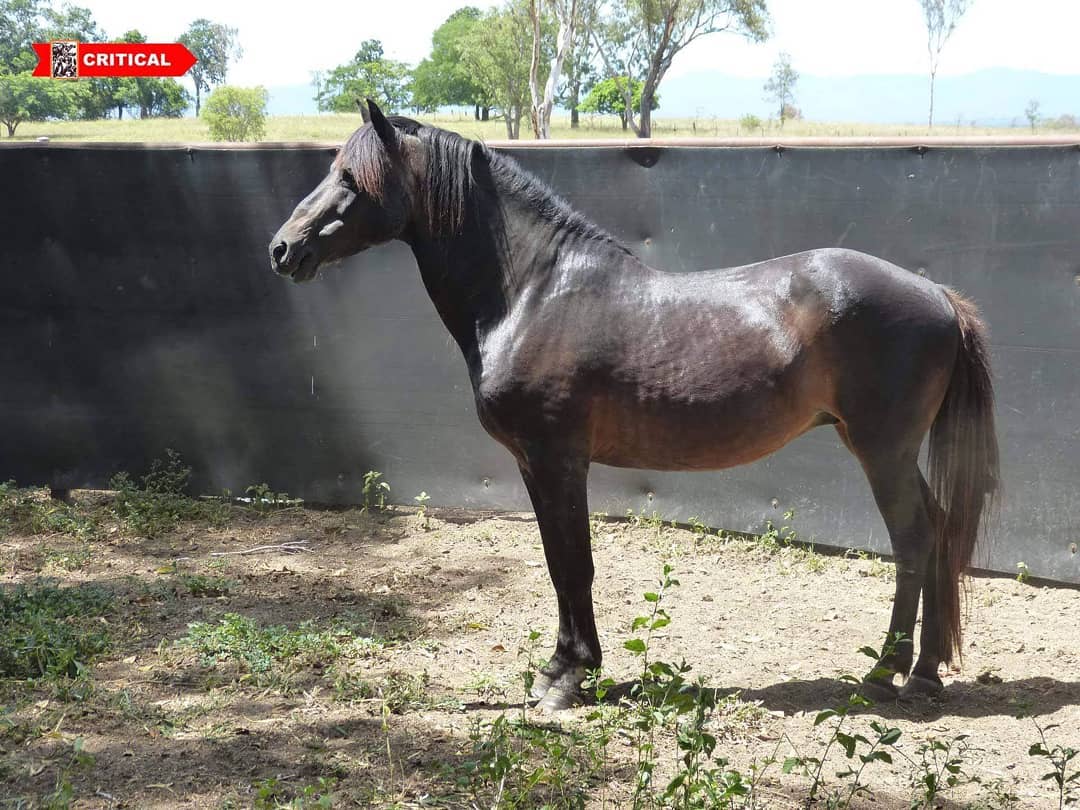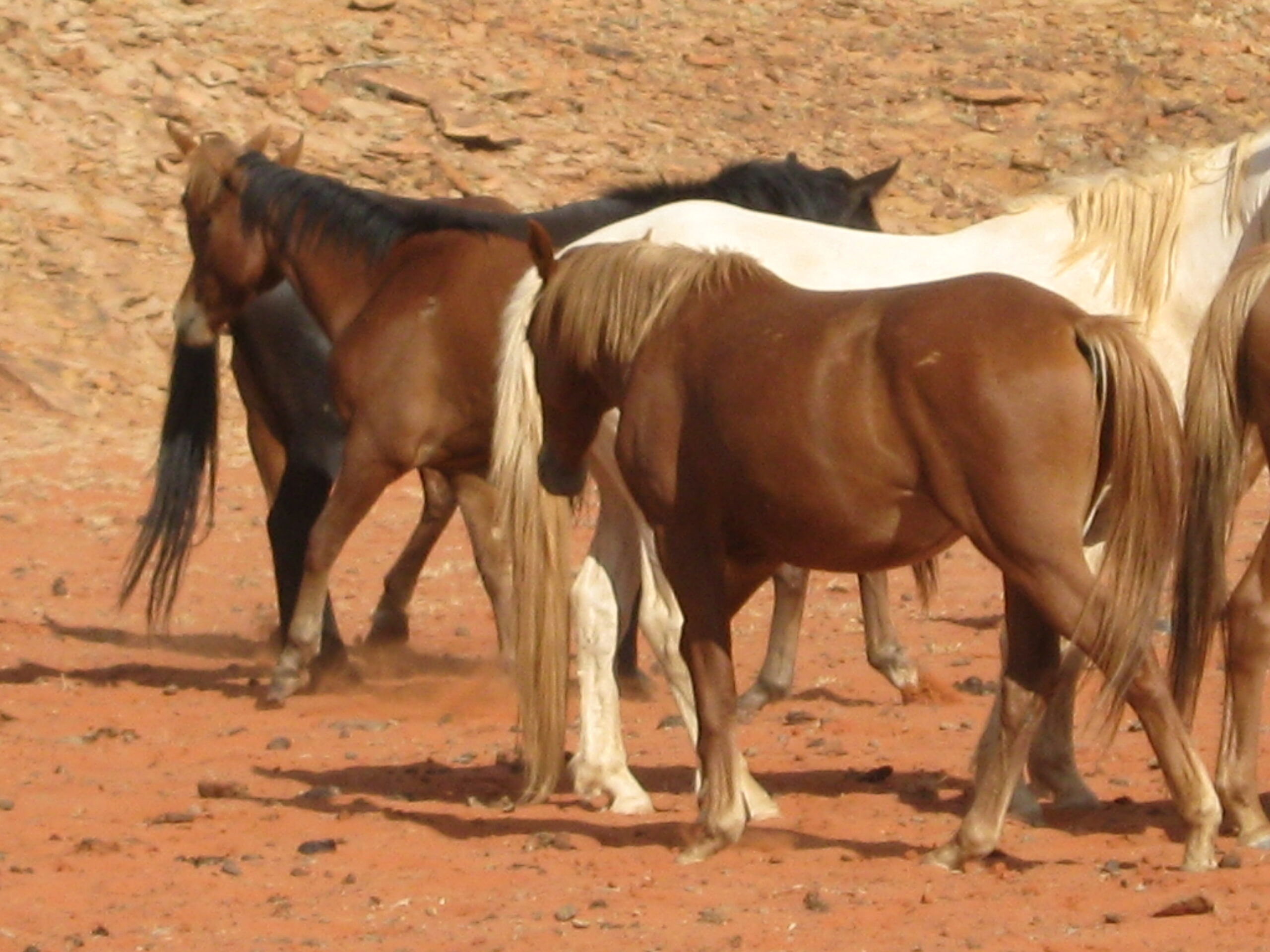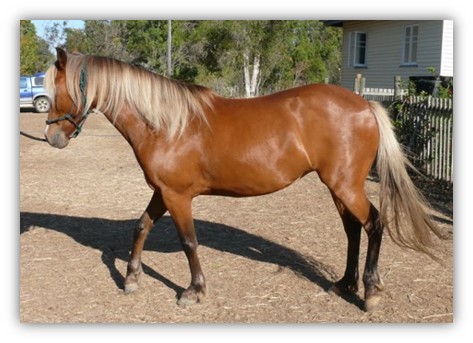Conservation Genetics and Waler DNA Testing
The key to the future of the Waler breed: DNA breed ancestry and parentage testing, the why, where and how.
Breed Ancestry Testing
Waler DNA is currently tested by Rytis Juras, Research Assistant Professor at the University of Texas and results are contributed to the global Equine Genome Database run in conjunction with the University of Copenhagen. Rytis was part of Dr Gus Cothran’s famous team which researched horse genetics. Gus is now retired. Rare breeds are of great interest. The more breeds that are tested, the more accurately the DNA of all breeds can be read – a background breed cannot be found if it has not been tested.
Many hair samples are needed to get an accurate breed profile as the old bloodlines of the Waler cannot be reproduced once these have been lost. From an initial testing of 70 samples, a preliminary breed profile was established for the Waler (see this article by Khanshour, Juras & Cothran, ‘Microsatellite analysis of genetic variability in Waler horses from Australia‘).
More have been added since; more are yet needed to get a truly full DNA picture of the Waler. Sending your mane or tail hair sample in for DNA testing is one of the best things you can do for the breed.
A genetic map of the area of origin is also being built up so it is important to include detailed information.
To get your horse’s ancestral results is a small cost but a huge contribution to knowledge and is easily done by collecting and sending your hair sample, along with ordering and paying for the test online. Your payment keeps this fabulous research lab service going. Once ordered and paid for and the sample is received DNA results are emailed to you within a month or so. The results are owned by the lab and the horse owner.
It is with heartfelt thanks to Richard Crispin that a breed ancestry testing profile specifically for Australia has been developed and it is important that you ask for the Richard Crispin Australia profile when you place your order as otherwise your test will be done against their standard testing profile.
The website below provides an explanation of the testing and includes instructions for collecting hair samples (mane or tail, with bulbs attached) for DNA testing and the form and payment process you will need to complete.
Horse Ancestry – Animal Genetics Laboratory (Juras Lab) (tamu.edu)
If a vet collects the DNA or witnesses it, and signs the collection details sent in, this lends far greater veracity to samples if there is ever any doubt.
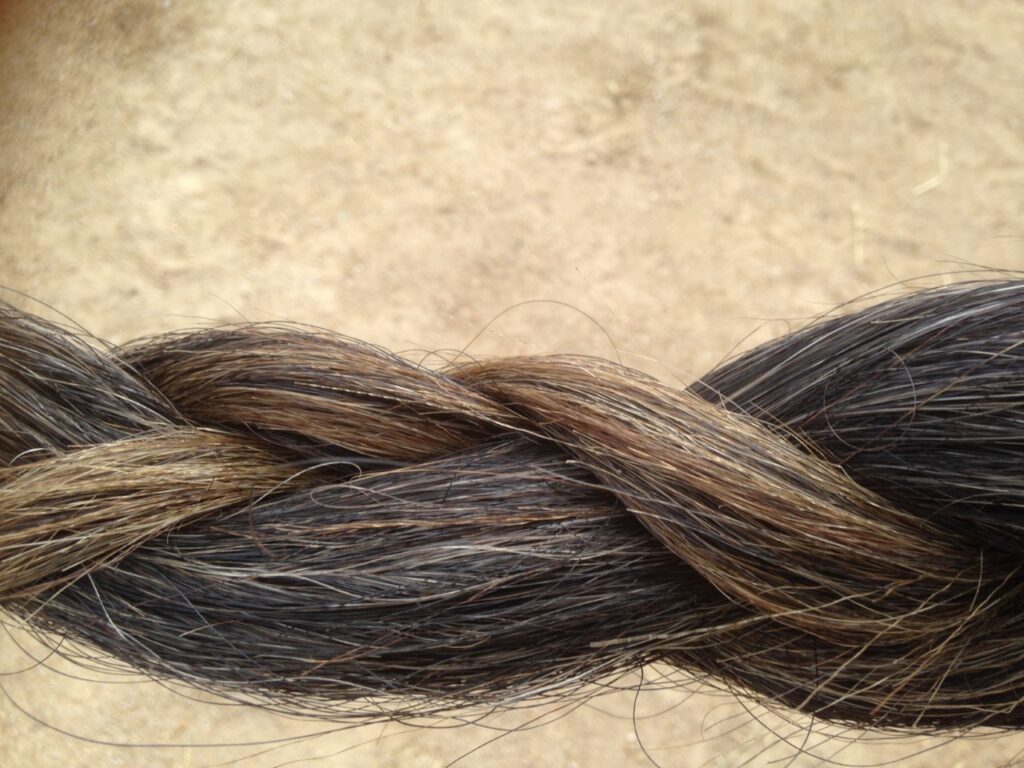
Parentage Testing
Walers have perhaps the broadest gene pool in the equine world and it is a key characteristic we must preserve. Hence it is very important to test for any existing relationships when deciding to breed as the mare and stallion combination must not be related, line breeding is absolutely to be avoided.
This testing is done in Australia, and Dr Kao Castle of Practical Horse Genetics in Sydney is a great advocate for building DNA records for Walers, with a growing database against which DNA can be checked to see if parentage details can be confirmed. She offers a Waler discount and can be contacted via her website, where the parentage testing (and other DNA testing) can be ordered and paid for.
Practical Horse Genetics (Australia)
Instructions for collecting and sending samples are also provided there. Please, for the security of the Waler bloodlines, test the mare and stallion before pairing them up for breeding. Foals should also be tested so their results can add to the database of samples to enable any previously unknown relationships to be discovered.
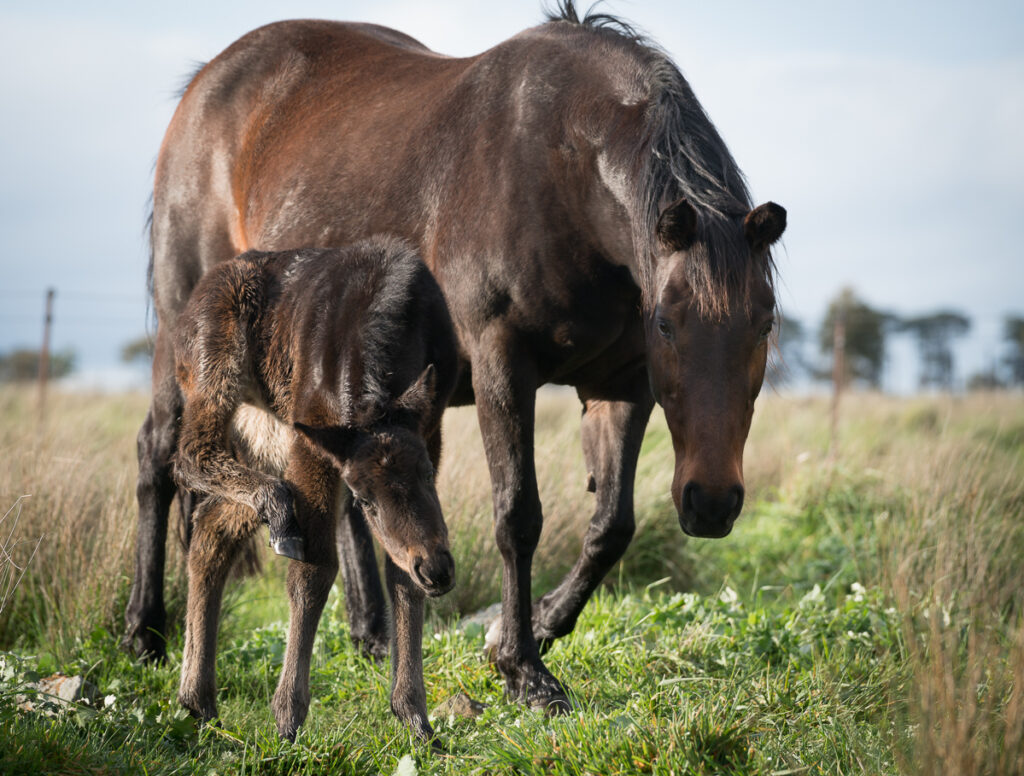
More about conservation genetics
Congenital Problems in Quarter Horses, Paints and Appaloosas
It is well established that a significant proportion of Paints, Quarter Horses and Appaloosas carry serious congenital problems.
The only way to keep a breed safe is testing for suspected faults and de-registering if found.
Continue Reading Congenital Problems in Quarter Horses, Paints and Appaloosas
Conservation Grazing
Conservation grazing is done very successfully in so many countries. It’s all about adequate management, with local people forming groups to do this.
Of basic significance is that wild horses/native horses and ponies graze totally differently to domestic equines.
Phenotype and Genotype
The Waler is a rare breed. The more we can learn and share what we know, the more secure their future will be. For the expert and the amateur alike, education is the most powerful tool available.
From the time Walers were actively bred, they were bred in the range situation, essentially as wild horses in huge areas of tough country.
Preserving Rare Breeds
Waler have perhaps the broadest gene pool in the equine world and they are now a rare breed. DNA testing and gene collection is critical to the preservation of the breed.
Already lost to us is the DNA of many of our foundation generation Walers as DNA testing was not readily available or affordable at the time these horses were captured and bought into domestic situations.
Waler Genetics
This project was conducted by WHOBAA in conjunction with Dr E G Cothran of the Texas A&M University, Dept of Veterinary Science, USA.
The Silver Gene
I became interested in the silver gene just over ten years ago, when a beautiful silver bay mare of supposed Waler breeding took my fancy. Up until then, I would have lumped silver bays and chestnuts with flaxen into the same colour category, which would be taffies.
Related research articles
- Microsatellite analysis of genetic variability in Waler horses from Australia. -Abstract-Australian Journal of Zoology
- Texas A&M Researchers Uncover Secrets Of Horse Genetics | VMBS News
- Vetmeduni : Y chromosome of horses reveals the global triumph of Oriental stallions
- Relatedness and genomic inbreeding in a sample of Timor ponies – ScienceDirect
- Timor Ponies’ Genetic Diversity Is Enough For Breeding Program (tamu.edu)
- Genomic Analysis Advance Gives New Hope for Future of Exmoor Ponies | Rare Breeds Survival Trust (rbst.org.uk)
- Why you should be using native ponies for conservation grazing (wcl.org.uk)
- Year-round cattle and horse grazing supports the restoration of abandoned, dry sandy grassland and heathland communities by supressing Calamagrostis epigejos and enhancing species richness – ScienceDirect
- Major inconsistencies of inferred population genetic structure estimated in a large set of domestic horse breeds using microsatellites. – Abstract – Europe PMC
- Rare Finding of a Full Nuchal Ligament Lamellae With Attachment Points From C2-C7 in One Australian Stock Horse – PubMed (nih.gov)

